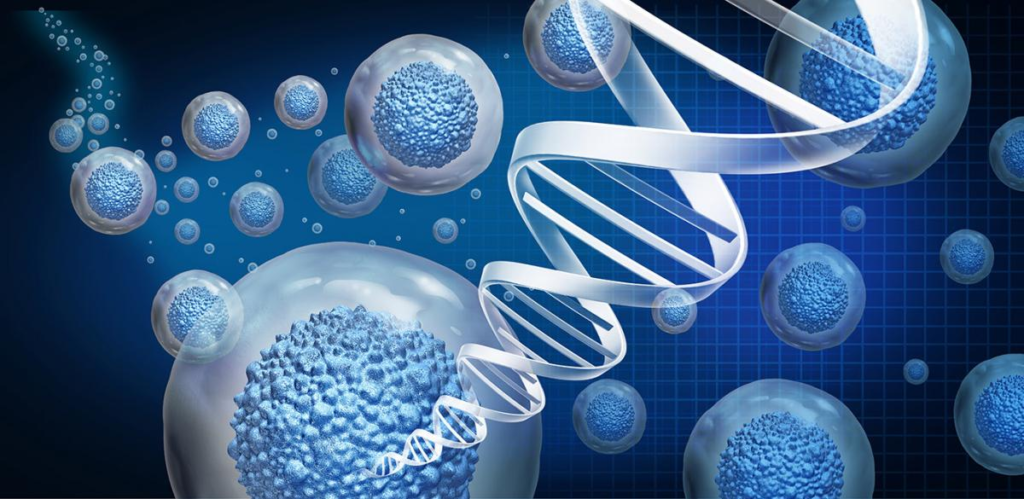Stem Cell Therapy
Stem cell therapy is a growing area of research that uses the body’s stem cells to
treat disease. The cells can be guided into becoming different types of cells that can
replace damaged or diseased tissues in the body lifevoyageurs. This is known as regenerative
medicine. The treatment is currently under investigation for a number of conditions
including spinal cord injury, type 1 diabetes, Parkinson’s disease, amyotrophic lateral
sclerosis (ALS), Alzheimer’s disease, heart disease, stroke and cancer.

Regulatory oversight is important for stem cell therapies to ensure safety and
effectiveness. The FDA oversees these treatments and works with scientists and
medical professionals to develop safe and effective methods of administering them.
Before undergoing stem cell therapy, it is vital to find a provider who has been fully
regulated by the FDA. This means they must have the proper equipment, procedures
and training to perform the treatments. They also must have a history of successfully
treating patients and have undergone rigorous scientific testing and clinical trials.
There are two major types of stem cells used in regenerative medicine: embryonic
stem cells and induced pluripotent stem cells. Both have the potential to become all
of the different types of cells in the human body.
The earliest type of stem cell is an embryonic stem cell, or ESC, which is derived
from the inner cell mass of the blastocyst, a very early stage of development in the
embryo. ESCs can differentiate into any of the different types of cells in the body
and have been shown to be helpful for various forms of disease.

Scientists have also developed induced pluripotent stem cells, or iPSCs, which are
derived from adult cells and can be reprogrammed to form the various types of cells
in the human body. iPSCs have many benefits over ESCs, including being autologous
and being free from any risk of rejection by the body.
Embryonic stem cells have been used to treat a number of diseases, including blood
cancers and bone marrow failure conditions. However, some doctors and
researchers have concerns about the safety of these cells for transplantation into
people.
Some doctors also question the long-term use of ESCs because they can cause
tumors and damage a person’s immune system. In addition, there are ethical issues
associated with the use of ESCs in the treatment of human diseases, especially
cancer.
Another alternative is HSCT, or hematopoietic stem cell transplantation, which
attempts to “reboot” the body’s immune system. This approach has been tested in
several clinical trials for multiple sclerosis, a disease in which the body’s immune
system attacks the brain and spinal cord.
The process of HSCT can be complex and is not always successful. For example,
some HSCTs do not cure the patient of their disease and others experience the
dangerous complication called graft vs. host disease (GVHD).
Ultimately, the regenerative properties of stem cells and their ability to self-renew
makes them an exciting and promising new tool in regenerative medicine. The key
to developing stem cell therapies that work is to understand how these cells
function and to find ways to guide them into becoming the desired cells.
